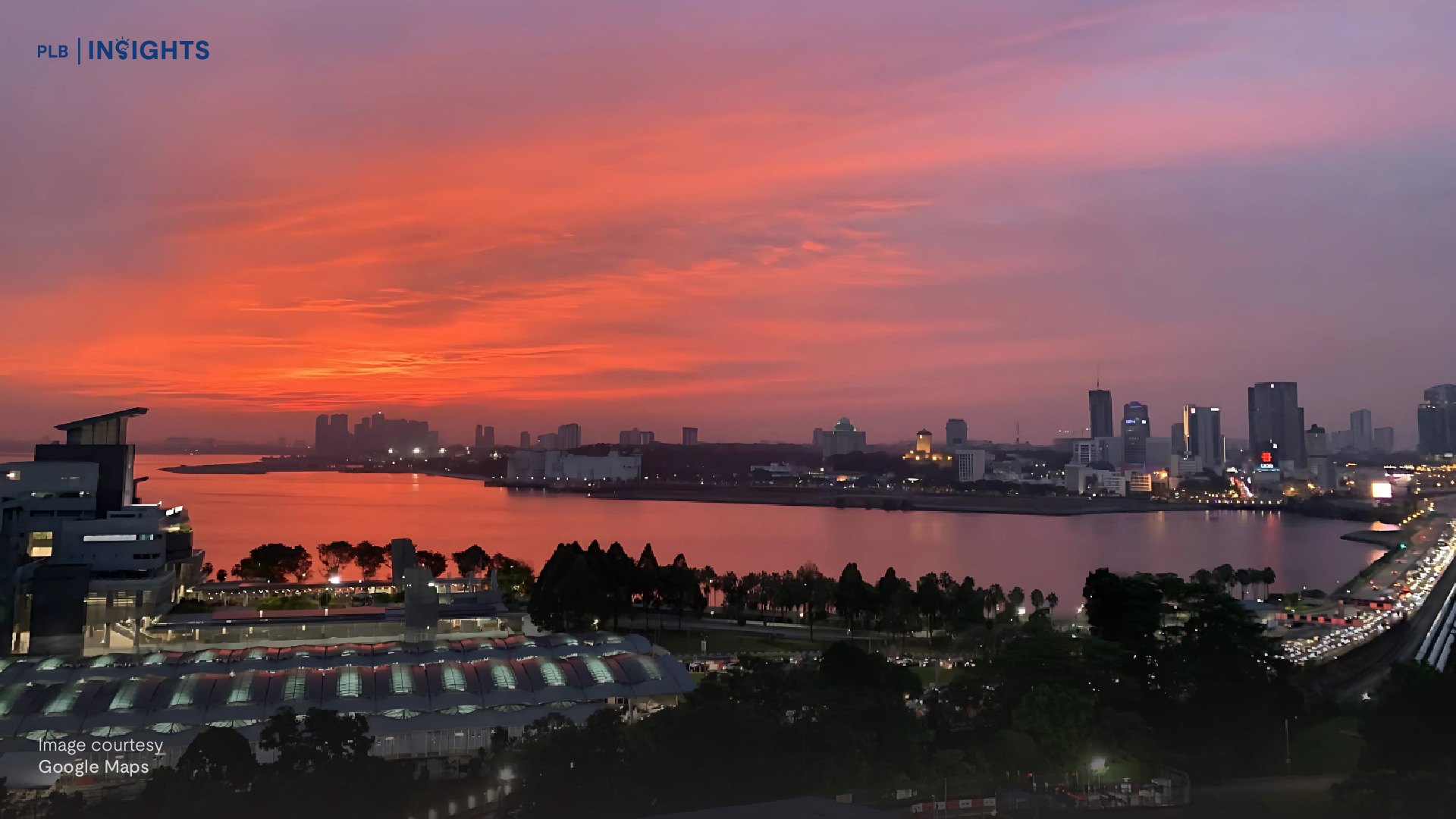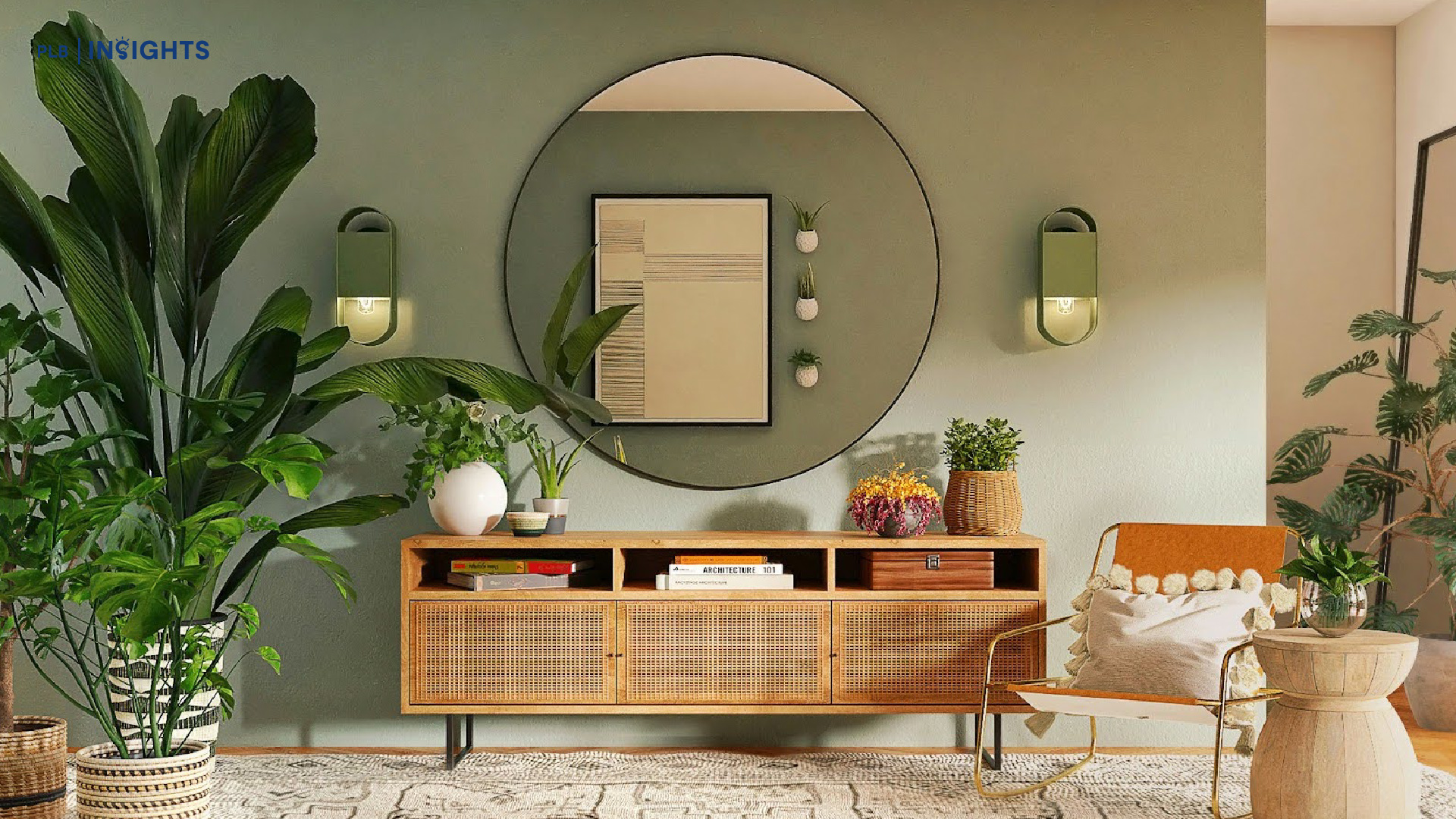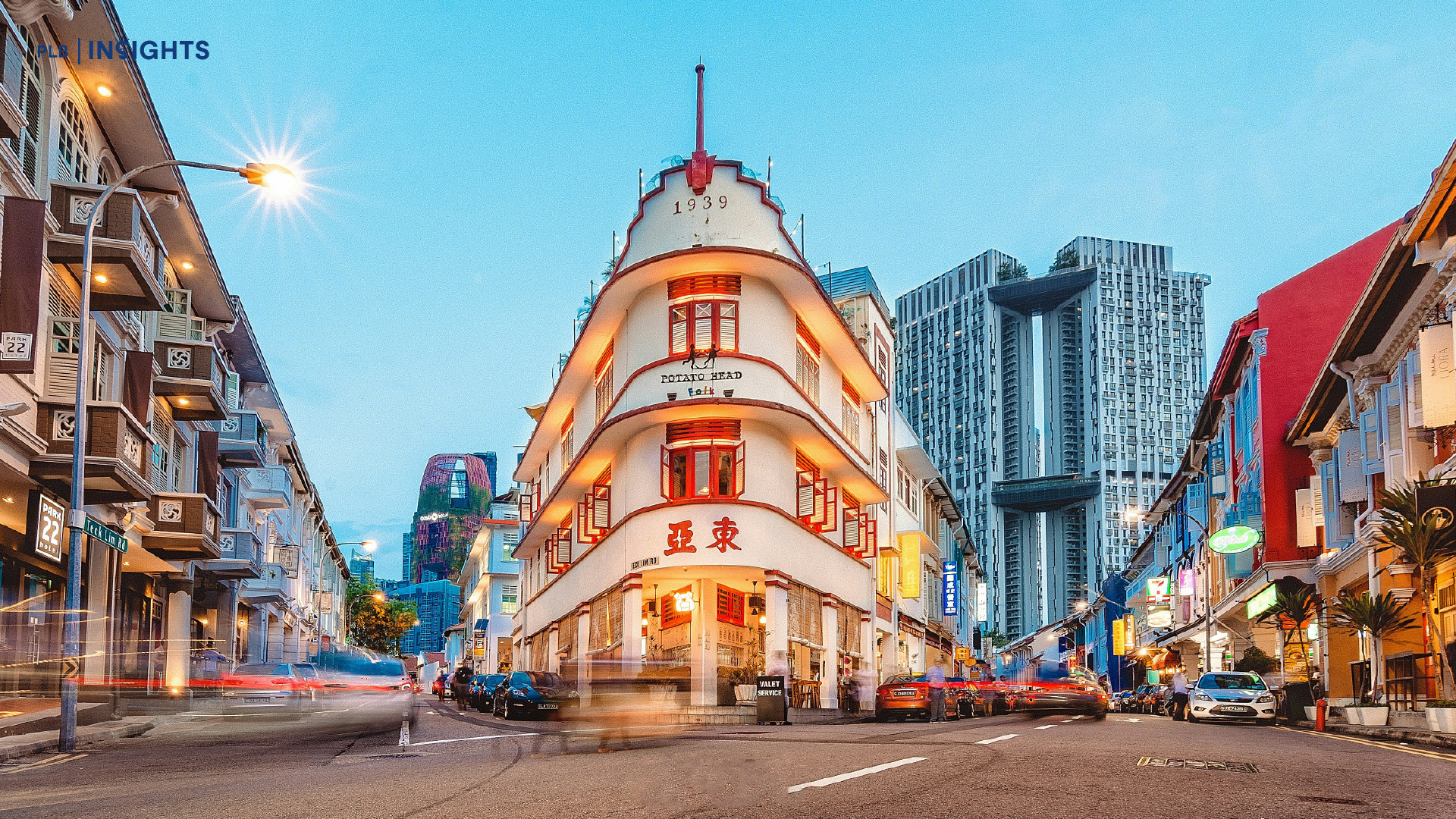
In the midst of Singapore’s bustling urban landscape, the development of tiny houses on Lazarus Island has brought to life a place for the perfect staycation with a blend of adventure, nature, and sustainability. The trend of tiny houses has seen a rise in popularity as more and more individuals desire a sustainable and minimalistic lifestyle. To fulfil this demand, the tiny houses in Singapore offer visitors the chance to immerse themselves in beautiful scenery and nature while having the comfort of luxurious, well-designed and equipped accommodation.
In this article, we uncover the emergence of these compact vacation houses and break down what they are, their innovative architectural concepts, and the eco-friendly experience they offer to guests looking for a break from their daily hustle and bustle. Join us as we embark on an exploration of these enchanting tiny getaway homes!
Lazarus Island
Lazarus Island is a small, idyllic place located off the Straits of Singapore and is known for its sandy beach and serene atmosphere. As it is still largely undeveloped, it has become a popular destination for getaways from the busy city and for day trips. The island is ideal for some time away in nature as it offers scenic views, beach walks, a peek at local wildlife, and an opportunity for rest and relaxation.
Earlier this year, Big Tiny, a Singapore-based ecotourism start-up brought the concept of Tiny Houses to Lazarus Island for visitors to enjoy. The five small houses at Tiny Away Escape in Lazarus Island are low-carbon, sustainable accommodations for guests who want to escape for a few nights or for a weekend to enjoy some time in nature.
Before we get into the specifics of what this new staycation location in Singapore is, let’s go over the concept of tiny houses and how it came about.
What are the Tiny Houses and How Did They Come About?
A tiny house is exactly what it sounds like — a mini house!
Tiny houses are small, compact living spaces that are characterised by their efficient use of space and simple, minimalistic design. These small dwellings are typically sized between 100 to 400 sqft and have the amenities of a conventional home in a layout that allows for the optimal use of space. This includes features such as open floor plans, loft spaces, storage solutions and multi-functional furniture. The layout ensures that residents have enough space to store their belongings in a way that is accessible, and organised without making space seem cluttered.
The tiny house trend has seen a rise in popularity over the last few years due to changing lifestyles as well as environmental concerns. However, this is a concept that has been around for much longer. The tiny house movement can be traced to the 1970s if we do not count the pioneer age and the fact that people have lived in tiny homes throughout many historical time periods.
This was first started in 1971 by Matt Suuronen, who built the first tiny house with plastic, wood, metal and acrylic-based glass. Soon after, several works were published on tiny houses and how they were a better choice financially and environmentally.
Another influence throughout the years includes the financial crisis of 2008, where a housing market collapse led to the search for more affordable housing for many. In recent years, the increase in values such as sustainability, minimalism, and giving more importance to experiences rather than material possessions has resulted in people being inspired to have smaller and greener living spaces. This is further fueled by social media platforms popularising the idea of tiny houses.
In fact, Big Tiny has built the presence of tiny houses in multiple countries including Australia, New Zealand, Malaysia, Italy, and Taiwan. The start-up has now brought this trend to Singapore with the five tiny houses it has developed on Lazarus Island.

Sustainability at the Forefront
Big Tiny has pioneered the concept of tiny houses with ecotourism in Singapore, as they aimed to keep sustainability at the forefront of this project. Their initiatives are focused on offering visitors a unique and enjoyable experience while minimising the impact this may have on the environment by reducing carbon footprint.
There are four different ways Tiny Away Escape @ Lazarus has incorporated sustainability into the 5 houses on their site.
Sustainable Composite Building Materials
You can say that sustainability has quite literally been built into these houses because the materials used in the development of each unit have been chosen with consideration and care for the environment. Each of the tiny houses on Lazarus Island has been built using materials that are durable and repurposed from recycled plastic and wood fibre. This ensures that when each house needs to be rebuilt, all materials can be repurposed and used once again.
Recycling Systems
Tiny Away Escape also utilises high-tech food waste recycling systems that help visitors reduce their carbon footprints during their staycation. These waste management systems convert all food waste to compost right on-site within 24 hours.
Solar Powered System
Another way these tiny houses have integrated sustainability into their design is through the use of solar systems. Solar systems harness energy from the sun in order to generate renewable energy for all of their electricity needs. The tiny houses use solar power as their primary source of energy for electricity throughout the unit. Moreover, the houses are well-equipped with energy-efficient appliances for guests to use.
Biodegradable Toiletries
Guests staying at these tiny houses on Lazarus Island are also provided with complementary necessities such as biodegradable shampoo, conditioner, and body wash.
Vacationing at the Tiny Away Escape @ Lazarus
Although the concept of the tiny houses puts a significant emphasis on sustainability, good service and luxury are not compromised.
First of all, each house comes with all the basic amenities and facilities you would get in a hotel or other rental accommodations. These include air conditioning, heating, hangers, Wi-Fi and television. Just like you would find in a vacation home, each unit also provides appliances such as a toaster, coffee maker, BBQ grill, kettle and other appliances to make your stay as convenient as possible. Additionally, all of their spaces are kid, family, pet and work-friendly.
Moreover, visitors get an immersive experience as each of the tiny houses features different themes based on milestones in Singapore’s history. The five houses have interior designs, furnishings and decor based on the years 1900, 1960, 1980, 2000, and 2017.
The 1900-themed house features aesthetics from the colonial era, the 1960 comes with an industrial theme, and the 1980 and 2000 houses feature retro and modern vibes. Finally, the 2017 house is inspired by Big Tiny’s beginning as a startup.
During their stay at the tiny houses, visitors can enjoy leisurely activities in nature including but not limited to picnics, cycling, a walk on the beach, outdoor BBQ, or getting some rest and rejuvenation at their accommodation. Furthermore, there are more activities and amenities that are set to be introduced in phases.
If this sounds like the next location for a staycation for you, getting to Tiny Away Escape is simple. Lazarus Island is accessible by a 15 to 20-minute ferry from the Marina Bay Ferry Terminal via St. John’s Island or a 15-minute boat ride from the Sentosa Jetty @ Cove.
Closing Thoughts
Lazarus Island’s tiny houses have emerged as hidden gems when it comes to an adventurous yet sustainable option for getaway rentals in Singapore. These tiny houses offer guests a unique opportunity to disconnect from their busy schedules and reconnect with nature through various activities and beautiful, historical-themed houses filled with a wide range of amenities.
As the trend of tiny houses continues to grow, Lazarus Island is set to become an eco-friendly haven for both Singaporeans and tourists to experience a transformative vacation that goes beyond traditional accommodation.
Keep an eye out for more articles and stay in the loop with all things real estate in Singapore with PLB Insights.







